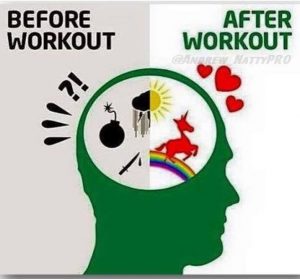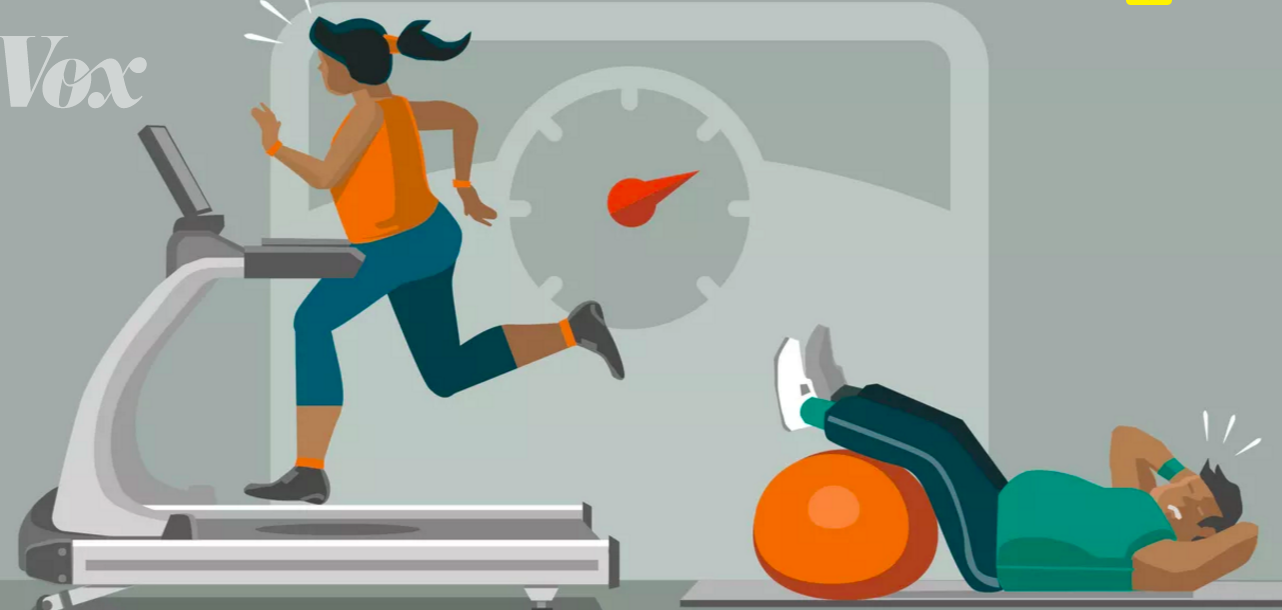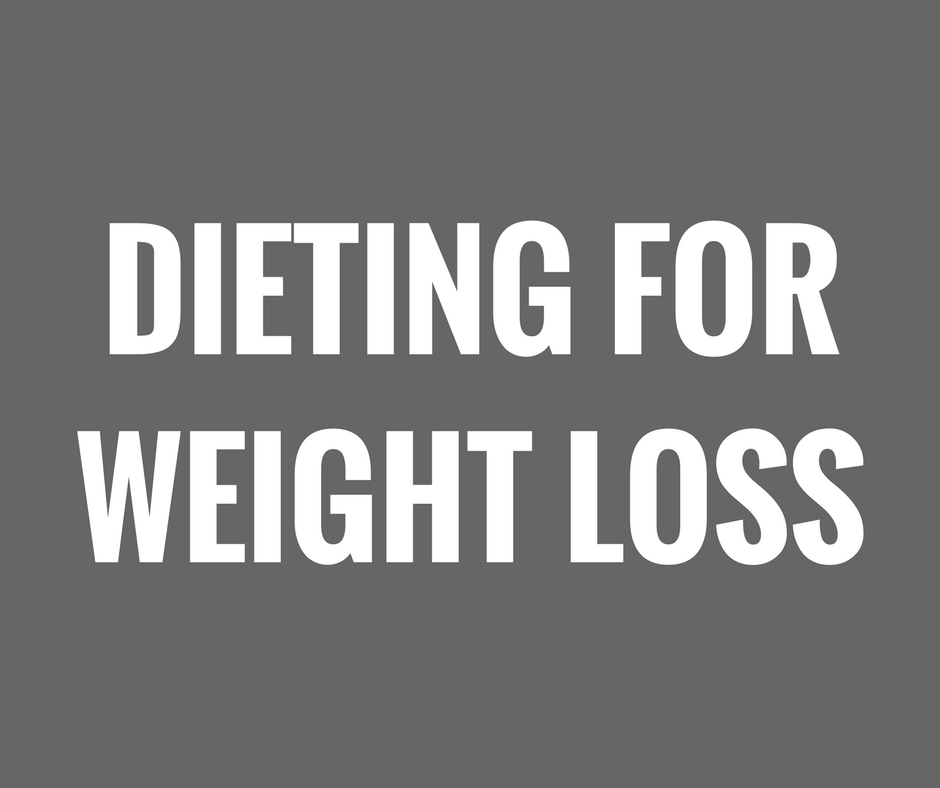3 Research-Based Mental Health Benefits of Strength Training (and an amazing music video)
- "In an excellent review titled, 'Strength Training as a Countermeasure to Aging Muscle and Chronic Disease,' Hurley, Hanson, and Sheoff described four studies that demonstrated an inverse relationship between muscular strength and mental decline/Alzheimer disease."
- "O'Connor, Herring, and Caravalho's comprehensive review of the mental health benefits of strength training identified four studies that attained significant improvements in memory as a result of resistance exercise."
- "A 2012 study by Nagamatsu and associates actually found resistance exercise to be more effective than aerobic activity for improving mental performance in 70 to 80 year old woman with mild cognitive impairment."
- "Research has revealed enhanced self-esteem resulting from resistance training among younger adults, older adults, women, and cancer patients."
- "Based on their research review, O'Connor and colleagues concluded that 'strength training alone is associated with improvements in overall self-esteem.'"
- "Strength training alone is associated with both large reductions in symptoms of depression among depressed patients with moderate reductions in depression symptoms among patients with fibromyalgia."
- "More than 90% of the initially depressed elders in the resistance exercise group no longer met the criteria for depression after 10 weeks of training, compared to 40% of those in the health education group over the same time period."
The Prophylactic for Aging
The Most Intelligent, Effective, and Socially Unacceptable Approach to Improving Body Composition
The 7th Habit: Sharpen the Saw
Iron Sharpens Iron
Why Do I Strength Train?
Cardio doesn't do what we think (or hope) it does
Always Do Your Best
Earlier this summer, I read the book, The Four Agreements, by Don Miguel Ruiz. After all, it's Tom Brady's favorite book. I promise, I'm perfectly capable of reading a book and not thinking about how the author's message applies to strength training (I swear). However, Ruiz's 4th agreement is the perfect advice and mindset that we should adopt heading into our own strength training workouts: Always do your best.It's as if he is actually talking about our workouts when he states:
The Most Up to Date, Evidence Based Advice on Nutrition for Adding Muscle and Losing Fat
A brand-new position stand was recently published by the International Society of Sports Nutrition (ISSN) titled: "ISSN Position Stand: Diets and Body Composition. The paper serves as a review of the current literature on how various diets and nutrition strategies impact body composition. The paper effectively cuts through the nutrition folklore that so many fitness enthusiasts are immersed in. Here are two of the major takeaways that we can take action on:
- Fat loss is achieved by creating a caloric deficit. The macronutrient (protein, fat, or carbohydrates) content of the food we eat is not the key for fat loss; how many calories we eat is the key. All different "diets" can result in improved body composition including Paleo, ketogenic, Atkins, Zone, Ornish, intermittent fasting and a host of other nutrition approaches. But make no mistake, the only reason these nutrition strategies result in weight loss is because calories have been reduced. Specifically, the authors are clear that reducing carbohydrate in our diet has never been shown to contribute to fat loss (when total calories are controlled). We need not be afraid of carbs; we should be afraid of an excess of calories.
- To maximize lean muscle tissue and body composition, the authors recommend increasing protein intake from the current RDA of 0.8 grams per kilogram of body weight to 1.6 grams per kilogram of bodyweight. However, there is no apparent muscle or strength building advantage to consuming more than 1.6 grams per kilogram of body weight. What does this look like for a normal person looking to maximize strength and body composition? If I weigh 160 pounds (72 kilograms), this means I would need 115 grams of protein per day to maximize muscle tissue and strength. This is about 0.7 grams of protein per pound of bodyweight. I don't need to consume this exact amount each day. Rather, I can aim for between 0.5 and 1.0 grams per day and average out around 0.7 grams per pound over the course of a week. For many people, this represents a significant increase in protein consumption. For others, this may actually encourage a reduction in protein intake. Many strength training enthusiasts have mistakenly touted more and more protein as the key to maximizing strength and muscle size but the research clearly does not support this.
New Study: Traditional Heavy Sets, Traditional Light Sets, and Break-down Sets
A brand-new pilot study conducted by Jeremey Loenneke of the University of Mississippi along with a team of Japanese scientists sought to deepen our understanding of a protocol that we at Discover Strength have employed for the better part of 8 years: The "30-rep breakdown set." To be sure, Loenneke and colleagues had no idea we utilized such a protocol.
The focus of their investigation was to determine what produced better results in terms of enhancing muscle strength, muscle endurance, and muscle size:
- (1) 3 sets of "heavy," traditional sets,
- (2) 3 sets of "light" sets or
- (3) a relatively heavy weight performed to muscle failure followed by a "breakdown set" - immediately decreasing the weight at the point of muscle failure and then continuing with the lighter weight until failure (and then repeating this process).
Loenneke's subjects continued to reduce the weight until they were using 50% less weight than what they started with. Coincidentally, the average number of reps performed was 31; ironically similar to our "30-rep breakdown." The results?
Performing the breakdown sets simultaneously improved muscle strength, muscle endurance, and muscle size; and in a fraction of the training time of performing traditional multiple sets.
This study is garnering interest from the strength and fitness world as so many practitioners and trainees alike dogmatically subscribe to the multiple set paradigm. Keep this study in mind the next time you find yourself in the thick of a 30-rep breakdown on Leg Press or Chest Press!












Leave a Reply
Your email address will not be published.